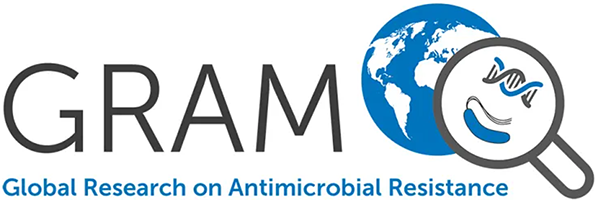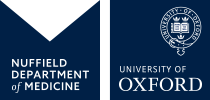Characterizing SARS-CoV-2 Viral Clearance Kinetics to Improve the Design of Antiviral Pharmacometric Studies.
Watson JA., Kissler SM., Day NPJ., Grad YH., White NJ.
A consensus methodology for the pharmacometric assessment of candidate SARS-CoV-2 antiviral drugs would be useful for comparing trial results and improving trial design. The time to viral clearance, assessed by serial qPCR of nasopharyngeal swab samples, has been the most widely reported measure of virological response in clinical trials, but it has not been compared formally with other metrics, notably model-based estimates of the rate of viral clearance. We analyzed prospectively gathered viral clearance profiles from 280 infection episodes in vaccinated and unvaccinated individuals. We fitted different phenomenological pharmacodynamic models (single exponential decay, bi-exponential, penalized splines) and found that the clearance rate, estimated from a mixed effects single exponential decay model, is a robust pharmacodynamic summary of viral clearance. The rate of viral clearance, estimated from viral densities during the first week following peak viral load, provides increased statistical power (reduced type 2 error) compared with time to clearance. Antiviral effects approximately equivalent to those with currently used and recommended SARS-CoV-2 antiviral treatments, notably nirmatrelvir and molnupiravir, can be detected from randomized trials with sample sizes of only 35 to 65 patients per arm. We recommend that pharmacometric antiviral assessments should be conducted in early COVID-19 illness with serial qPCR samples taken over 1 week.

